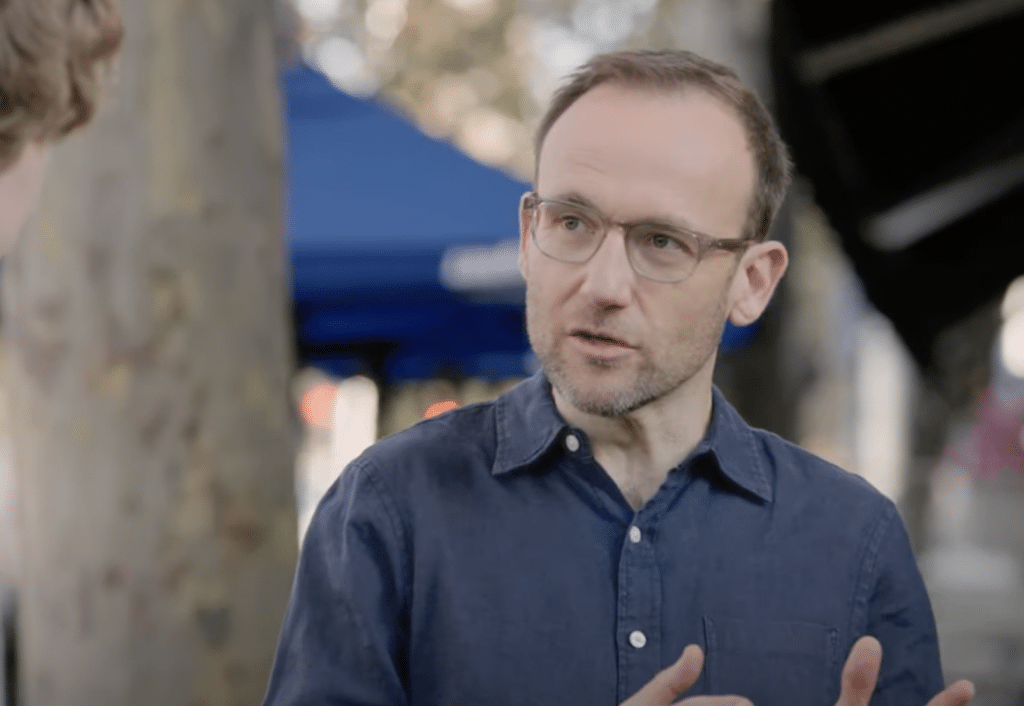The stage three tax cuts are set to massively favour high-income-earning men and blow out to a massive $313 billion over the next decade, according to new costings.
Indeed, the costings reveal that men are set to take in 65 per cent or $203.7 billion from those cuts, compared to $109.4 billion for women, with around two-thirds of the total $313 billion figure going to the top 20 per cent of income earners.
The figures have been released this week by the independent Parliamentary Budget Office, highlighting how higher employment and wages growth has seen total costs on these cuts rising significantly since October 2022.
The Greens have used these new numbers to again call on the Albanese Government to scrap the tax cuts, which were legislated under the Morrison Government in 2019 and are due to start next year.
From this look, the number of billions that will disappear between now and 2033-34 is simply staggering to consider. Especially when you examine the massive gender divide in who benefits from these billions — and also when you put these costs in the context of moderate spending measures announced last week in the 2022-23 Budget.
Consider the $11.3 billion over four years outlined on a minimal pay increase for aged care sector workers, some of the lowest-paid workers in the country. And imagine what another 300 billion or so could do for pay rises in other feminised care sectors that are also significantly undervalued and facing critical skill shortages now and into the next decade.
And consider the calls for $1 billion a year to be spent on ending violence against women and children. Last week, $589.3 million was committed to this plan, topping up the $1.7 billion allocated in last year’s October budget to be spent over four years. It’s still far short of what’s required.
Greens leader Adam Bandt said on these latest findings that every dollar “lining the pockets of the rich is a dollar kept from supporting people who actually need it.”
The 2024 tax changes will see some tax brackets removed to create a flat 30 cents in the dollar rate for anyone earning between $40,000 and $200,000.
But by removing these brackets to create the flat structure, two-thirds ($227.6 billion) of the $313 billion cost of these cuts will go to the top 20 per cent of income earners, according to these latest costings. Just 1.2 per cent of the total figure – or $3.7 billion — is projected to go to those earning between $45,001 and $60,000. There is also very little going to those earning between $60,000 and $100,000 a year. There is nothing in the tax cuts for those earning less than $45,000.
The Australia Institute says that removing the low-middle income tax offset and getting the Stage 3 tax cuts will actually leave most workers worse off. They say the type of workers who lose out will be nurses, school teachers, chefs, bank workers and aged care workers. Those that most benefit? Those in professions that are already well paid including lawyers, judges, engineers, surgeons, stock brokers and members of parliament.
The Albanese Government has been facing serious pressure to scrap the tax cut but has so far refused to do so – despite the clear cost of living crisis, and its own stated interest to declare their latest budget a balance of cost of living relief and inflation.
While there is merit in addressing bracket creep, how far does it need to go? And what does it mean in the context of key challenges facing the country, especially when it comes to skill shortages in the persistently underpaid care sectors?
Pictured Above: Greens leader Adam Bandt.


